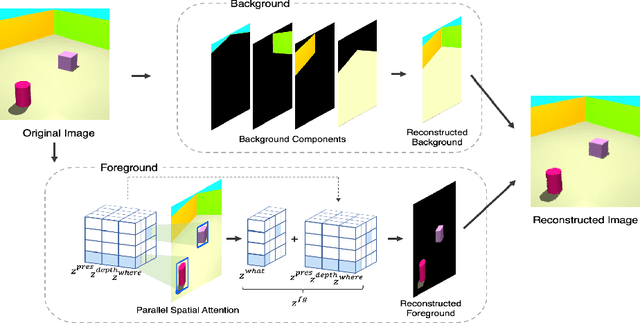Weihao Sun
FastAttention: Extend FlashAttention2 to NPUs and Low-resource GPUs
Oct 22, 2024Abstract:FlashAttention series has been widely applied in the inference of large language models (LLMs). However, FlashAttention series only supports the high-level GPU architectures, e.g., Ampere and Hopper. At present, FlashAttention series is not easily transferrable to NPUs and low-resource GPUs. Moreover, FlashAttention series is inefficient for multi- NPUs or GPUs inference scenarios. In this work, we propose FastAttention which pioneers the adaptation of FlashAttention series for NPUs and low-resource GPUs to boost LLM inference efficiency. Specifically, we take Ascend NPUs and Volta-based GPUs as representatives for designing our FastAttention. We migrate FlashAttention series to Ascend NPUs by proposing a novel two-level tiling strategy for runtime speedup, tiling-mask strategy for memory saving and the tiling-AllReduce strategy for reducing communication overhead, respectively. Besides, we adapt FlashAttention for Volta-based GPUs by redesigning the operands layout in shared memory and introducing a simple yet effective CPU-GPU cooperative strategy for efficient memory utilization. On Ascend NPUs, our FastAttention can achieve a 10.7$\times$ speedup compared to the standard attention implementation. Llama-7B within FastAttention reaches up to 5.16$\times$ higher throughput than within the standard attention. On Volta architecture GPUs, FastAttention yields 1.43$\times$ speedup compared to its equivalents in \texttt{xformers}. Pangu-38B within FastAttention brings 1.46$\times$ end-to-end speedup using FasterTransformer. Coupled with the propose CPU-GPU cooperative strategy, FastAttention supports a maximal input length of 256K on 8 V100 GPUs. All the codes will be made available soon.
Scalable Infomin Learning
Feb 21, 2023Abstract:The task of infomin learning aims to learn a representation with high utility while being uninformative about a specified target, with the latter achieved by minimising the mutual information between the representation and the target. It has broad applications, ranging from training fair prediction models against protected attributes, to unsupervised learning with disentangled representations. Recent works on infomin learning mainly use adversarial training, which involves training a neural network to estimate mutual information or its proxy and thus is slow and difficult to optimise. Drawing on recent advances in slicing techniques, we propose a new infomin learning approach, which uses a novel proxy metric to mutual information. We further derive an accurate and analytically computable approximation to this proxy metric, thereby removing the need of constructing neural network-based mutual information estimators. Experiments on algorithmic fairness, disentangled representation learning and domain adaptation verify that our method can effectively remove unwanted information with limited time budget.
SPACE: Unsupervised Object-Oriented Scene Representation via Spatial Attention and Decomposition
Feb 18, 2020



Abstract:The ability to decompose complex multi-object scenes into meaningful abstractions like objects is fundamental to achieve higher-level cognition. Previous approaches for unsupervised object-oriented scene representation learning are either based on spatial-attention or scene-mixture approaches and limited in scalability which is a main obstacle towards modeling real-world scenes. In this paper, we propose a generative latent variable model, called SPACE, that provides a unified probabilistic modeling framework that combines the best of spatial-attention and scene-mixture approaches. SPACE can explicitly provide factorized object representations for foreground objects while also decomposing background segments of complex morphology. Previous models are good at either of these, but not both. SPACE also resolves the scalability problems of previous methods by incorporating parallel spatial-attention and thus is applicable to scenes with a large number of objects without performance degradations. We show through experiments on Atari and 3D-Rooms that SPACE achieves the above properties consistently in comparison to SPAIR, IODINE, and GENESIS. Results of our experiments can be found on our project website: https://sites.google.com/view/space-project-page
 Add to Chrome
Add to Chrome Add to Firefox
Add to Firefox Add to Edge
Add to Edge